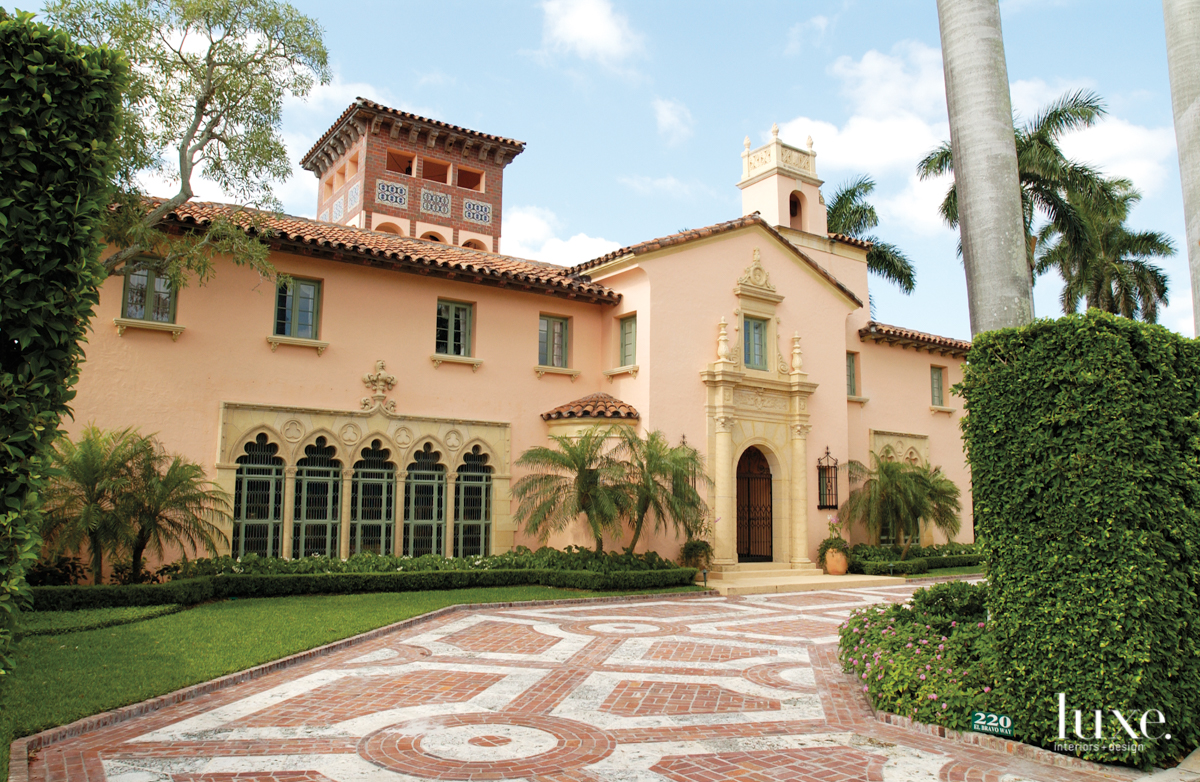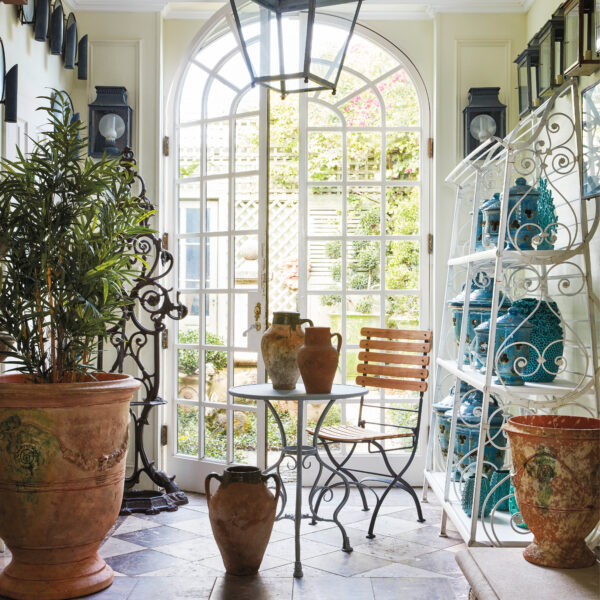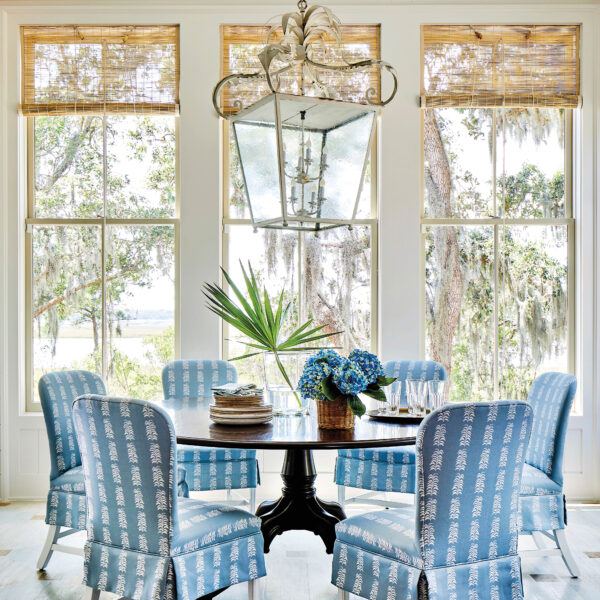
Incorporated in 1911 and boasting slightly more than 8 miles of livable area, the town of Palm Beach is neither very old nor very big. It is, however, very rich–with historic architecture. But as each day passes, that’s in danger of changing.
A major reason the town looks and feels like no other place in the world is more than just its stunning seaside locale. It’s about unique and varied structures–with columns, stone, arches and pleasing proportions–that embody who we once were and who we hope to be. The folks who formed the Preservation Foundation of Palm Beach nearly 40 years ago were acutely aware of that fact. The private, non-profit group was established in 1980 to raise awareness in the community about the irreplaceable beauty all around it and to help keep it intact.
With that mission in mind, the Foundation does important advocacy, education and resource collection work to save many of the town’s most important buildings and outdoor spaces. It also gives out annual awards, recognizing everything from innovative landscape design to progressive new structures. Finely wrought renovations and rehabilitations of historic buildings and public places that epitomize the traditions of Palm Beach’s original architecture and those who designed them are candidates for a particularly prestigious trophy called the Ballinger Award.
Created in 1988 and named for the onetime chairman of the town’s landmarks preservation commission, the prize has been earned by 38 sensitively rehabbed recipients. The new book Palm Beach: An Architectural Heritage (Rizzoli), by Shellie A. Labell, Amanda H. Skier and Katherine J. Jacob, celebrates the Ballinger winners in all their gorgeous glory.
Featured within are dazzling works designed by John Volk, Clarence Mack, Maurice Fatio and Addison Mizner, to name just a few.







